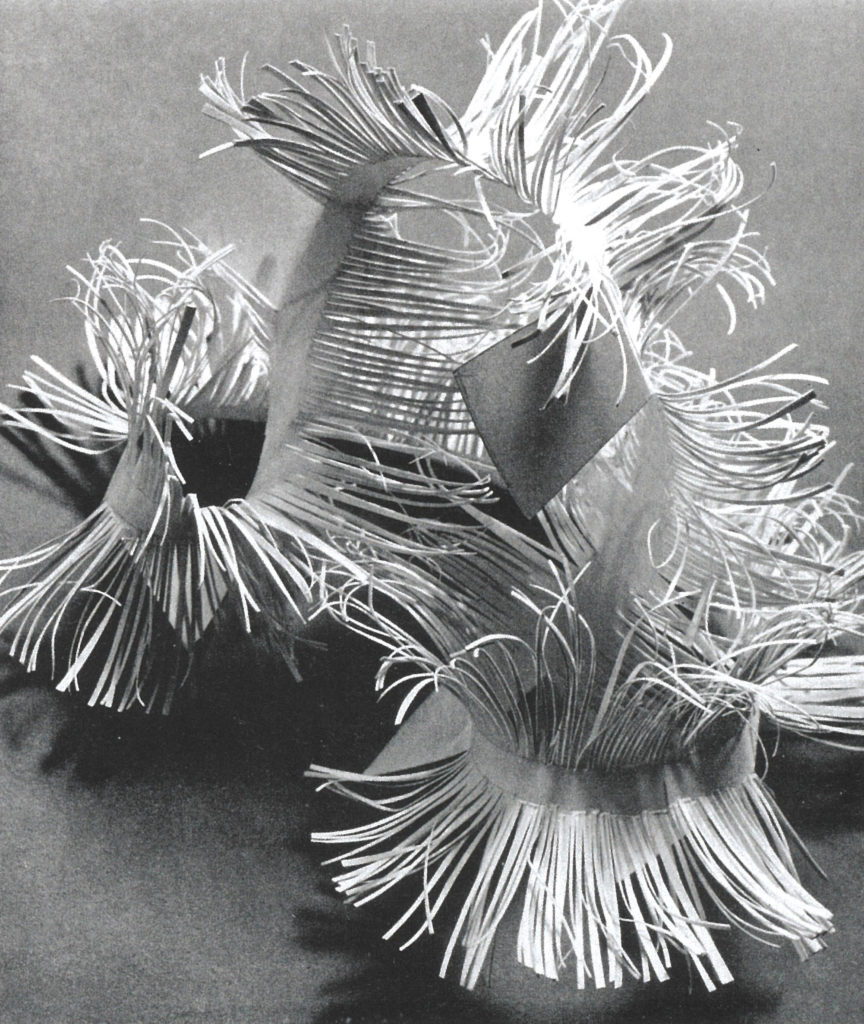The associations between the Bauhaus and Krefeld were formed early on. Krefeld had become a centre for the silk industry lobby prior to the First World War. It was precisely these parties who later picked up on the Bauhaus and its innovative potential. In late 1924/early 1925, Walter Gropius and the Krefeld-based silk manufacturer Hermann Lange began to discuss matters including the Bauhaus’s relocation to Krefeld, but the undertaking failed because the financing could not be secured. Dessau then won the bid.
Nonetheless, the exchanges with teachers and students from the Bauhaus Dessau frequently provided inspiration for the textile design education in Krefeld. For example, from the 1932 foundation of the Schule für textile Flächenkunst (School for the art of textile surfaces) under director Johannes Itten up to the 1960s, six former Bauhauslers were employed in leading pedagogical roles. In addition, Georg Muche was central to the textile design course as both artist and teacher from the 1930s to the late 1950s. The former Bauhausler also headed the master class at the textile engineering school in Krefeld from 1939. The School of Crafts and Applied Art, later the School of Arts and Crafts, was founded in 1904 as a further education institution for the trades. Established at the turn of the century, these schools were a mix of applied arts schools and art academies, which combined design work with scientific and technical subjects. Similar schools were established at the same time in Dresden, Weimar and Düsseldorf. The training began with the development of handicraft skills.
With the appointment of Fritz G. Winter as director in 1949, the school in Krefeld moved in an entirely new direction and was renamed the Krefeld School of Arts and Crafts. Winter instituted a preliminary course headed by Gerhard Kadow, a Bauhaus graduate and pupil of Wassily Kandinsky and Paul Klee. Winter established a work group for schools of arts and crafts and published the Krefelder Werkhefte, in which the challenges of this type of school were discussed. Winter had to struggle for his reforms; the school type remained controversial. In 1955 the local press accused his course and schools of arts and crafts of ‘degeneracy’ in a campaign that became known as the ‘Krefeld affair’, highlighting the still destructive potential of the National Socialist past.
Over time, the initially all-embracing basic courses changed to focus on design theories, from exercises with materials, colour, form and sculpture to structure and the psychology of perception. The lack of a link between design theory and specialist classes and, in particular, a lack of relevance to professional practice, remained a point of criticism.




